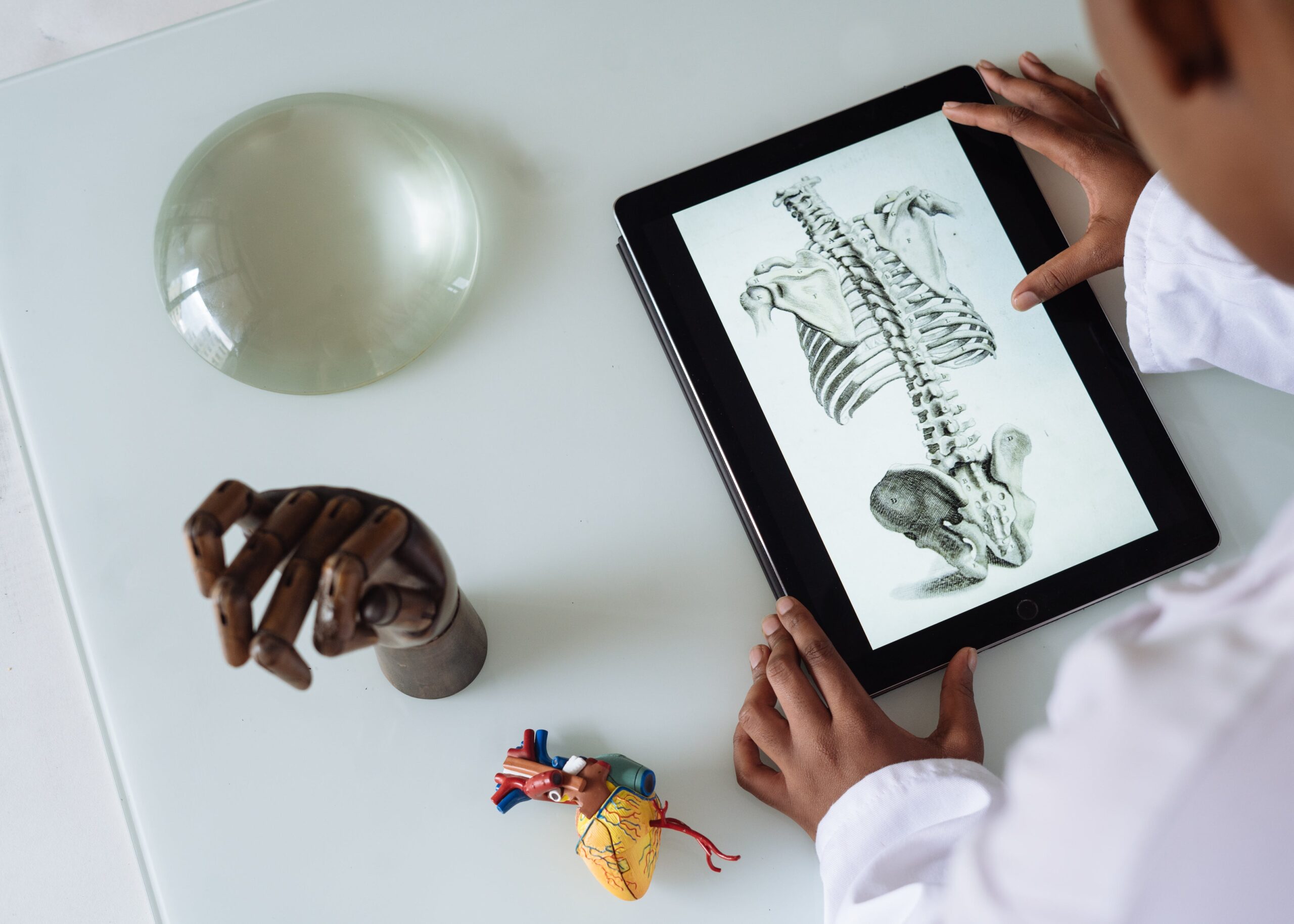Introduction: Nanotechnology, a field that deals with materials and structures at the nanoscale, is making significant strides in the realm of medical devices. This article explores the critical role of nanotechnology in advancing medical devices and therapies, underlining its paramount importance in the healthcare industry.
Part 1: Fundamental Principles of Nanotechnology in Medical Devices
1.1. Nanotechnology Overview Nanotechnology is the manipulation of materials and structures at the nanoscale, typically involving particles with dimensions of 1 to 100 nanometers. In medical applications, this allows for precise control and design of materials, offering new possibilities in healthcare.
1.2. Applications in Medical Devices Nanotechnology's application in medical devices includes the miniaturization of devices, enhancing their functionality and capabilities. Smaller devices can access hard-to-reach areas and provide more accurate diagnostics and treatments.
1.3. Advantages of Nanotechnology Nanomaterials often exhibit improved biocompatibility and increased accuracy, making them ideal for various medical applications. They interact effectively with biological systems and offer enhanced diagnostic and therapeutic options.
Part 2: Diagnosis and Monitoring
2.1. Nanosensors for Diagnostics Nanosensors are a key application of nanotechnology for diagnosing diseases. These sensors can detect minute quantities of biomarkers, aiding in early disease detection and monitoring.
2.2. Biomarker Detection with Nanoparticles Nanoparticles, like quantum dots and gold nanoparticles, are used to tag biomolecules for precise detection, improving the accuracy of diagnostic tests.
2.3. Wireless Communication and Remote Monitoring Nanotechnology enables wireless communication and remote monitoring of patients' health conditions, allowing for real-time data collection and analysis, which is especially valuable for chronic disease management.
Part 3: Treatment and Therapy
3.1. Nanoparticles in Drug Delivery Nanoparticles serve as efficient drug carriers, delivering medications directly to target cells or tissues. This targeted drug delivery reduces side effects and enhances treatment efficacy, especially in cancer therapy.
3.2. Nanorobots in Healthcare Nanorobots, or nanobots, have the potential to revolutionize surgery and therapy. They can perform precise actions within the body, including removing tumors or repairing damaged tissues, with minimal invasiveness.
3.3. Regenerative Medicine and Tissue Engineering Nanotechnology plays a crucial role in regenerative medicine by providing scaffolds and materials that encourage the growth of new tissues and organs, offering hope to patients in need of transplants.
Part 4: Ethical and Safety Aspects
4.1. Ethical Considerations The use of nanotechnology in medicine raises ethical questions, such as privacy, consent, and the potential for misuse. Ethical guidelines are essential to address these concerns.
4.2. Risks and Safety for Patients and the Environment Nanoparticles' potential toxicity and environmental impact need to be thoroughly evaluated. Ensuring patient safety and minimizing environmental harm is of utmost importance.
4.3. Regulatory Framework and Quality Control The development and application of nanomedical devices require strict regulatory oversight and quality control measures to guarantee their safety and efficacy.
Conclusion: In conclusion, nanotechnology is poised to transform the landscape of medical devices and healthcare. With its promise of enhanced diagnostics, targeted treatments, and regenerative medicine, the future of medicine holds exciting possibilities. However, it is vital to address ethical and safety concerns through robust regulation and adherence to best practices. As we move forward, nanotechnology will continue to revolutionize healthcare, improving patient outcomes and the quality of care.
